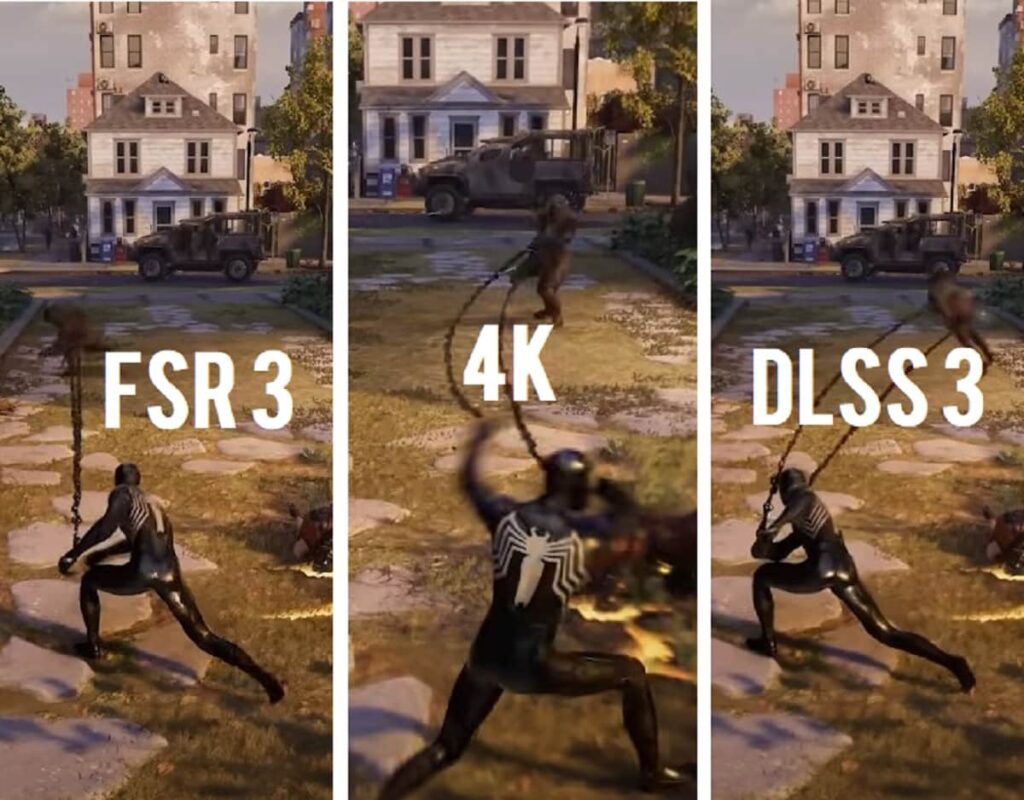Over the past few years, there have been some incredible leaps in visual fidelity in the world of gaming, both on PC and consoles. With technologies like Unreal Engine 5 pushing the boundaries of what’s possible, it’s evident that we are entering a new era of graphical excellence. However, despite these advancements, there is a growing chorus of people who argue that it’s all pointless. They claim they can’t tell the difference between this generation and the last, or that they can’t even discern if ray tracing is turned on. Some even express a desire for games with “worse” graphics. In this essay, we will explore the reasons behind this sentiment and discuss the significance of the evolution of graphics technology in gaming.
The Perception of Graphics
To understand why some people reject the evolution of graphics technology, it’s crucial to delve into the perception of graphics in gaming. Many gamers might not express or fully comprehend their internalized appreciation for graphics, but it plays a significant role in their overall gaming experience. Modern games often feature intricate animations, realistic lighting, high-quality models, and more. While gameplay remains central, these graphical elements enrich the gaming experience.
Consider a game like Spider-Man 2, known for its engaging gameplay. Although the gameplay itself isn’t exceptionally complex, the richness of the experience is enhanced through elements like animation, lighting, and model quality. These graphical aspects contribute to the overall appeal of modern games, even if players don’t consciously acknowledge it. In essence, graphics have become an integral part of the gaming experience.
A Historical Perspective
When looking at the evolution of graphics technology in gaming, it’s essential to recognize that this isn’t a new debate. Similar arguments arose during the transition from older console generations to new ones. For instance, when the PlayStation 4 was first revealed, it showcased impressive visuals in titles like Killzone Shadow Fall. Still, some questioned whether this generation offered a substantial leap over the previous one.
One crucial difference was the stability and performance improvements brought by the new hardware. Many PlayStation 3 games suffered from poor performance and image quality, while the PlayStation 4 offered smoother gameplay and cleaner visuals. This marked a significant improvement, even if the visual fidelity itself wasn’t perceived as a massive leap forward.
The Nuances of Perception
Perception of a game’s graphics can be highly subjective and influenced by minor details. For instance, individuals may react strongly to seemingly insignificant aspects, such as camera angles or character positioning. These nuances can shape their perception of a game’s overall visual quality.
In racing games, for example, a player might share a screenshot of a title like Gran Turismo 7 and claim that it looks subpar. However, upon closer examination, the graphics may appear perfectly fine to others. This discrepancy in perception can be attributed to individual preferences and a lack of understanding of what specifically influences their judgment.
The Role of Game Design
Graphics technology is not solely about raw technical capabilities. Effective game design plays a crucial role in how graphics are perceived. Games like Killzone 2, while not utilizing the latest technology, have aged well due to meticulous attention to detail in areas like camera sway, gun positioning, depth of field, post-processing effects, and lighting. These design choices contribute to the game’s visual appeal, demonstrating that it’s not just about having cutting-edge technology but also how it’s utilized.
The Hardware Dilemma
When discussing the rejection of graphics evolution, hardware limitations must be considered. In the case of PC gaming, the constant demand for more powerful GPUs to run the latest titles can be financially challenging. Gamers may question why new games require increasingly complex hardware, leading some to advocate for less graphically demanding games.
Additionally, the cost of upgrading hardware is not limited to users alone. Game development has become more expensive due to the need for higher graphical fidelity, longer development times, and more extensive resources. This cost factor poses challenges for both gamers and developers.
The Complexity of Game Development
Ultimately, the rejection of graphics evolution is not just about users resisting change; it’s also a reflection of the challenges faced by game developers. Achieving higher levels of graphical fidelity demands more time, resources, and expertise. Developers often struggle to balance these demands with the need to optimize games for performance across a range of hardware configurations.
The escalating costs of game development and the pressure to deliver stunning visuals can result in design choices that don’t resonate with all players. This complexity further complicates the issue of graphics evolution.
Conclusion
In the world of gaming, the evolution of graphics technology is a complex and multifaceted topic. While some users may express frustration or resistance to these advancements, it’s essential to recognize that graphics play a vital role in enhancing the overall gaming experience. Perception, game design, and hardware limitations all contribute to the ongoing debate about the significance of graphics technology.
As technology continues to advance, it’s crucial for both gamers and developers to find a balance between pushing the boundaries of visual fidelity and ensuring that games remain accessible and enjoyable for a wide audience. While not everyone may fully appreciate or understand the nuances of graphics, it’s undeniable that these advancements have a profound impact on the medium, shaping the way we experience and interact with virtual worlds.




